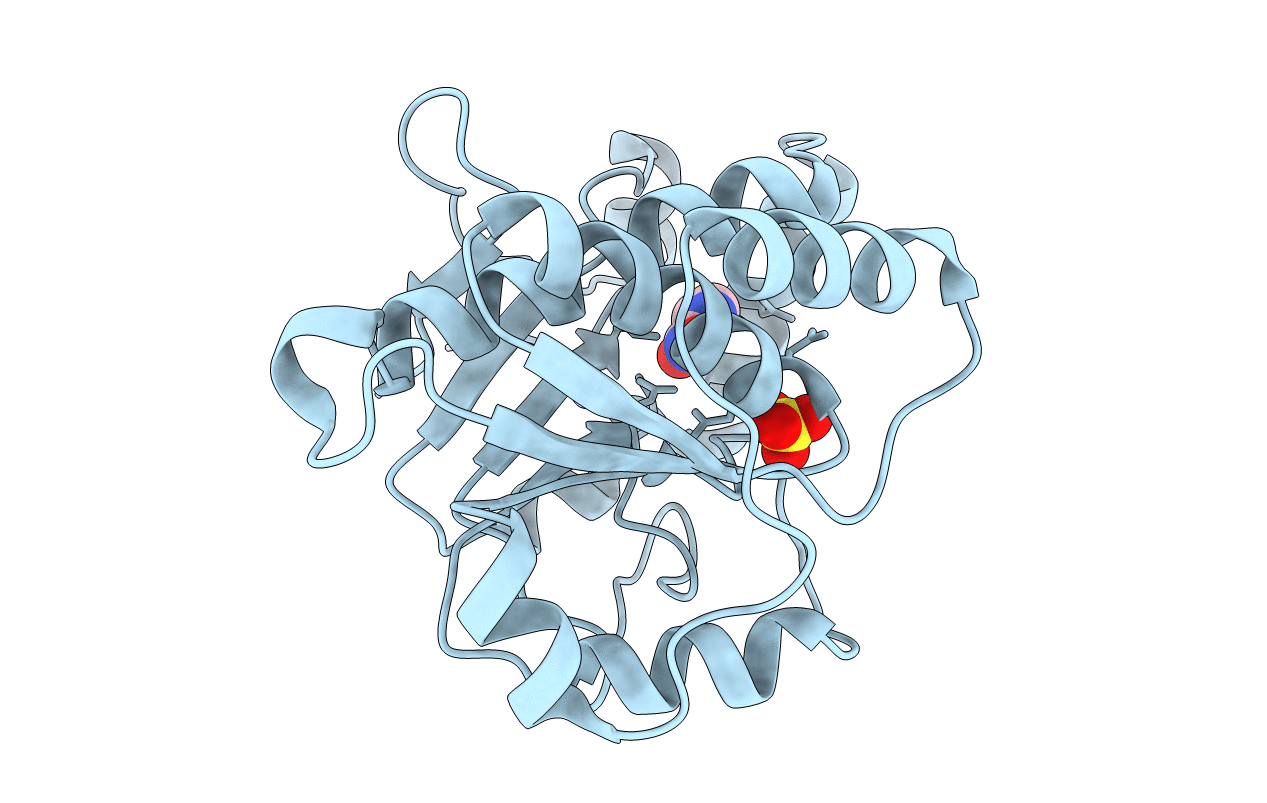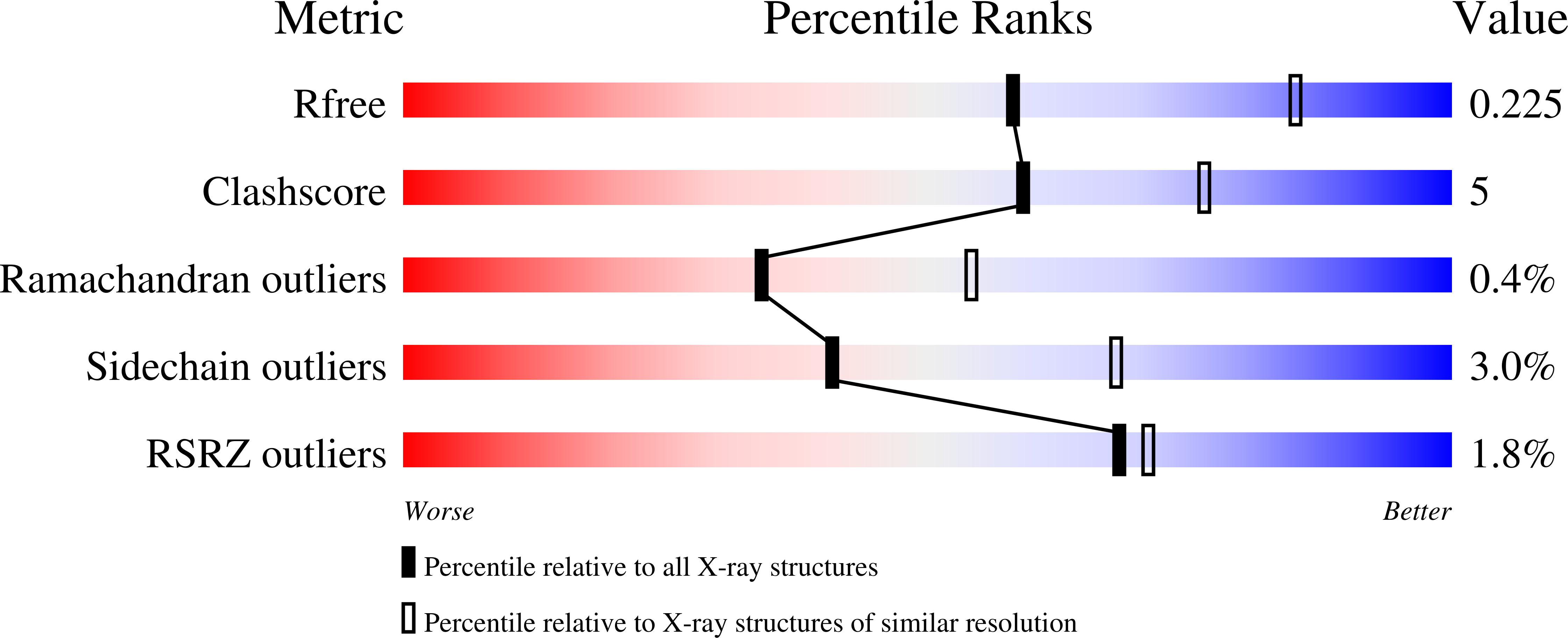
Deposition Date
2011-04-25
Release Date
2012-07-18
Last Version Date
2024-10-09
Entry Detail
PDB ID:
3RO7
Keywords:
Title:
Crystal Structure of Mouse Apolipoprotein A-I Binding Protein in Complex with Thymine.
Biological Source:
Source Organism:
Mus musculus (Taxon ID: 10090)
Host Organism:
Method Details:
Experimental Method:
Resolution:
2.50 Å
R-Value Free:
0.22
R-Value Work:
0.17
R-Value Observed:
0.17
Space Group:
H 3 2


